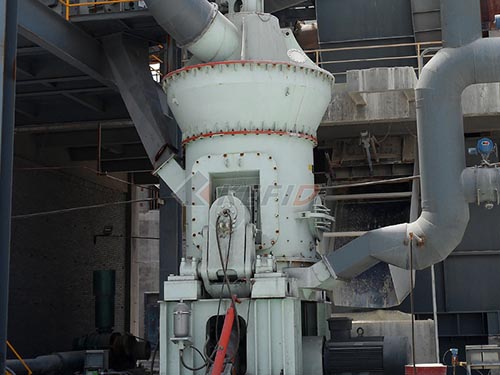
The Unyielding Guardian: Unveiling the Working Principle of the Dodge Jaw Crusher

In the rugged world of mineral processing, aggregate production, and mining, size reduction reigns supreme. Among the pantheon of crushers that have shaped industries, the Dodge Jaw Crusher stands as a unique and historically significant design. While largely superseded by more modern configurations like the overhead eccentric jaw crusher, understanding its working principle offers invaluable insights into the fundamental mechanics of compression crushing and the evolution of rock-breaking technology. This article delves deep into the anatomy, operation, advantages, limitations, and enduring legacy of this pioneering machine.
A Historical Pillar: The Genesis of Dodge Design
Patented in 1881 by Philetus W. Dodge (often collaborating with Charles Brown), the Dodge crusher emerged as a distinct solution to overcome limitations observed in its contemporary and more widely adopted counterpart, the Blake Jaw Crusher (patented 1858). Both designs share core elements – a fixed jaw and a moving jaw – but diverge critically in how motion is imparted to the moving jaw and where crushing force is concentrated.
The primary motivation behind Dodge’s innovation was to create a crusher where wear occurred more evenly across both jaw plates and where finer product sizing could be achieved more readily compared to the Blake design’s characteristic coarser discharge.
Anatomy of a Dodge Crusher: Components
Before dissecting its operation, understanding its physical structure is essential:
1. Frame: The robust main structure housing all components.
2. Fixed Jaw: A rigidly mounted vertical crushing surface.
3. Movable Jaw: The swinging jaw responsible for applying compressive force.
4. Pitman (Tension Rod Assembly): A crucial element unique to the Dodge design.
It consists of a heavy rod or assembly positioned at the bottom of the movable jaw.
Its primary function is not to impart motion but to act as a pivot point and provide tension via adjustable springs or toggle mechanisms at its rear end.
5. Toggle Plates (or Toggle Seat): Located behind and above the pitman assembly near the top rear of the movable jaw.
These are critical wear parts designed to break under excessive overload, protecting other components from catastrophic damage (acting as mechanical fuses).
6. Eccentric Shaft: Positioned near or at the top of the crusher frame.
7. Flyw

Leave a Reply